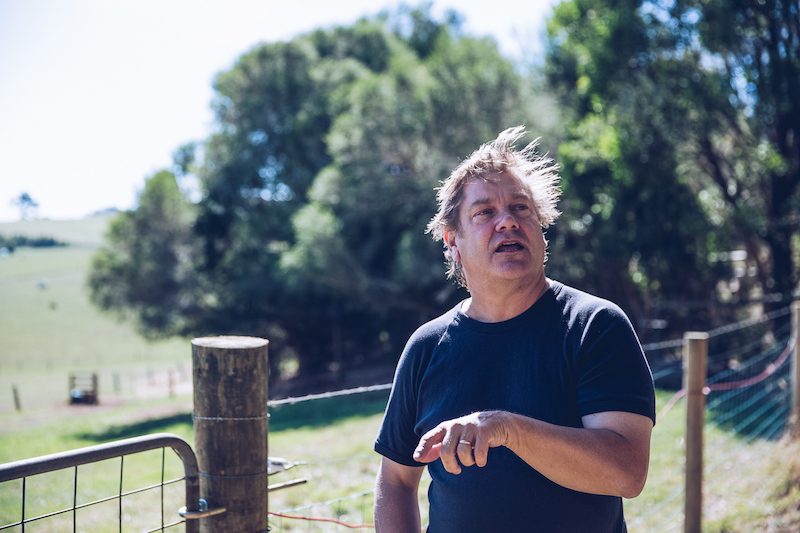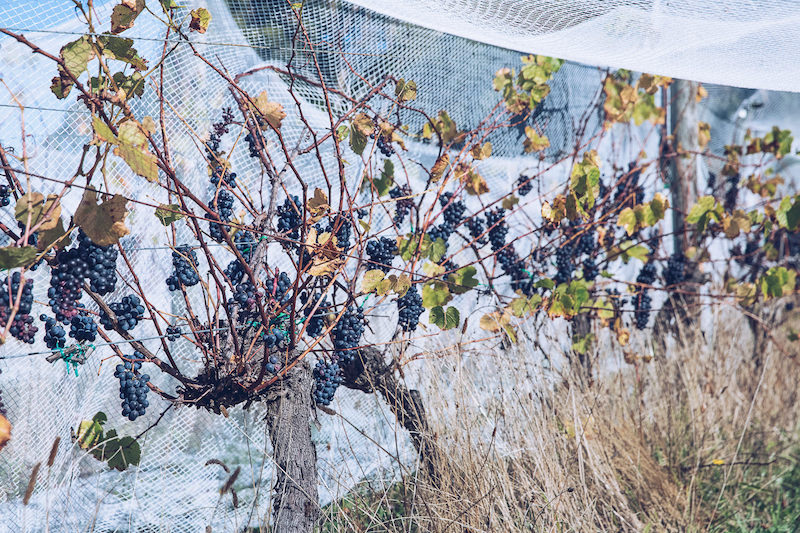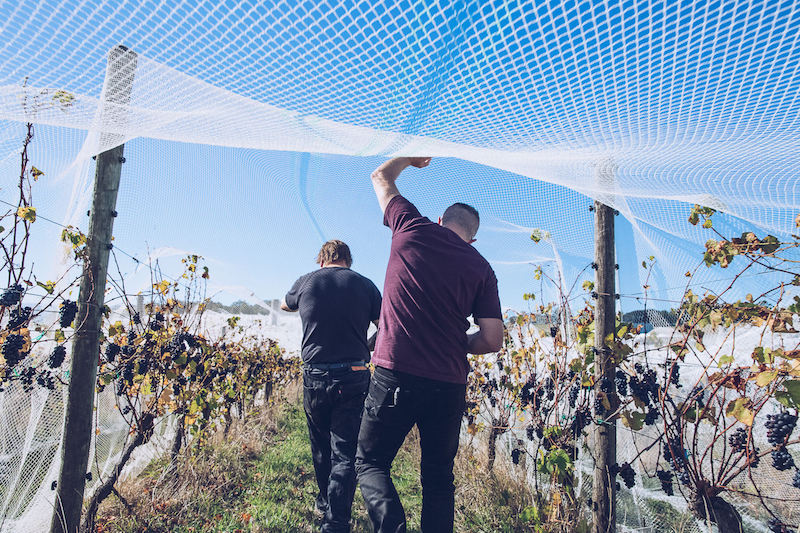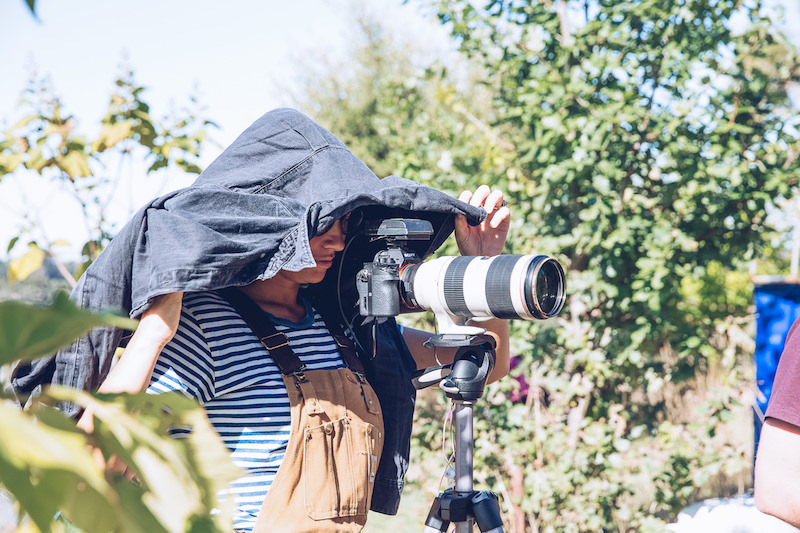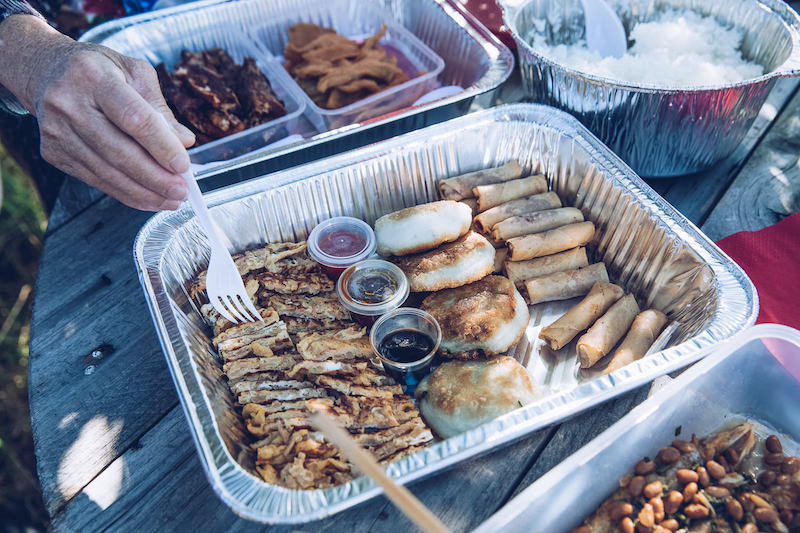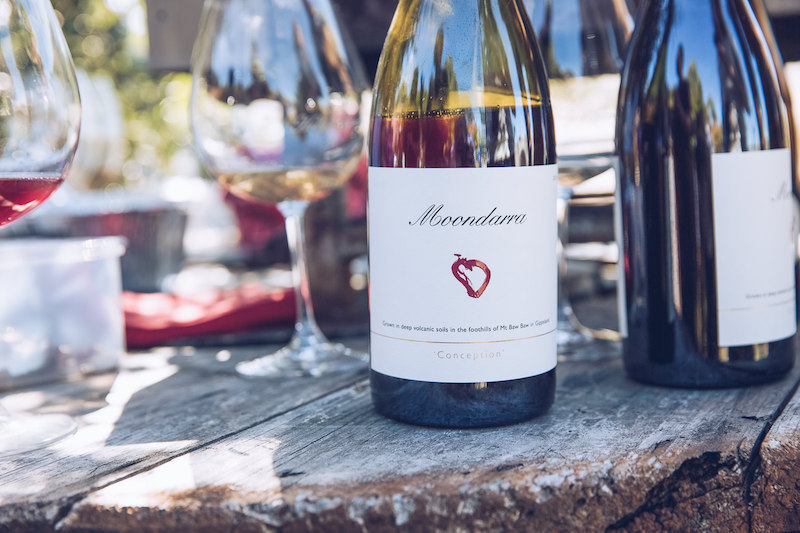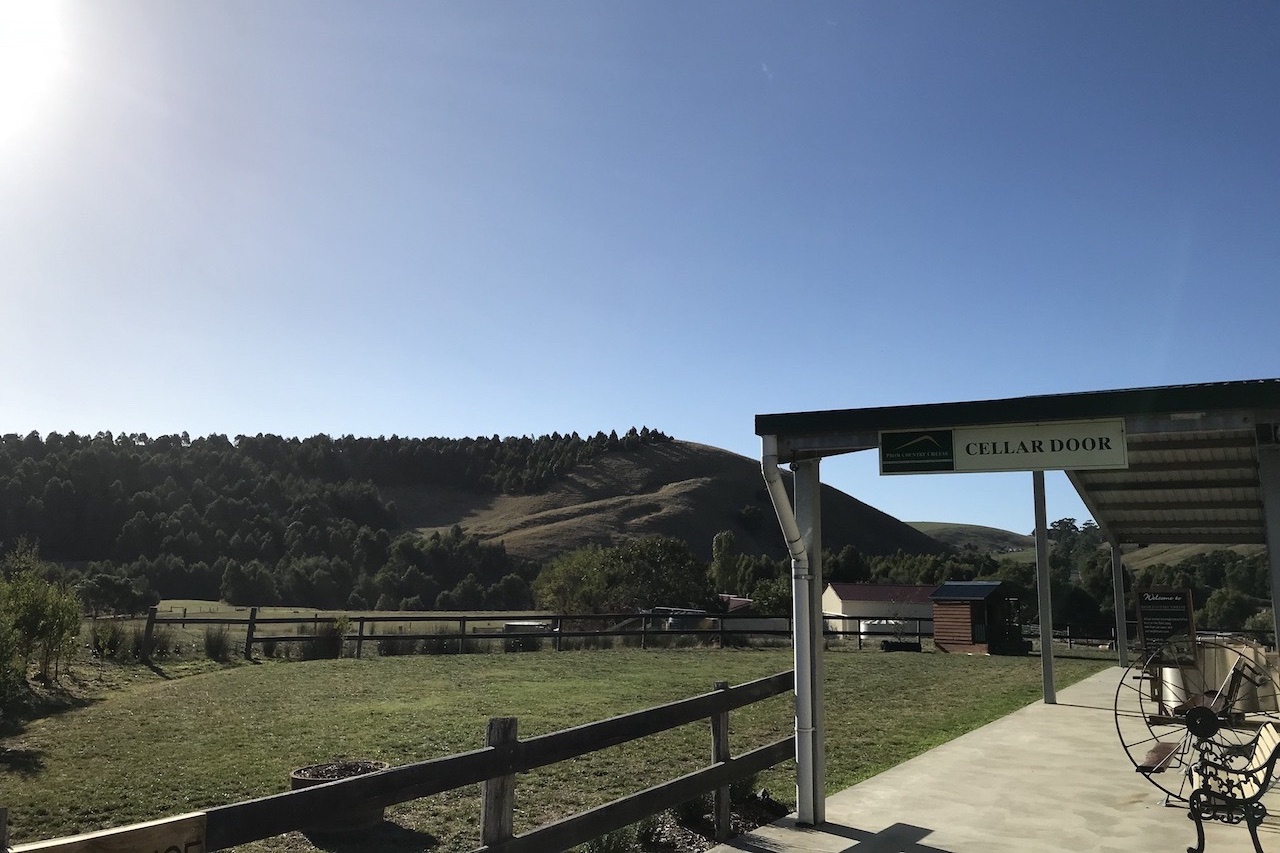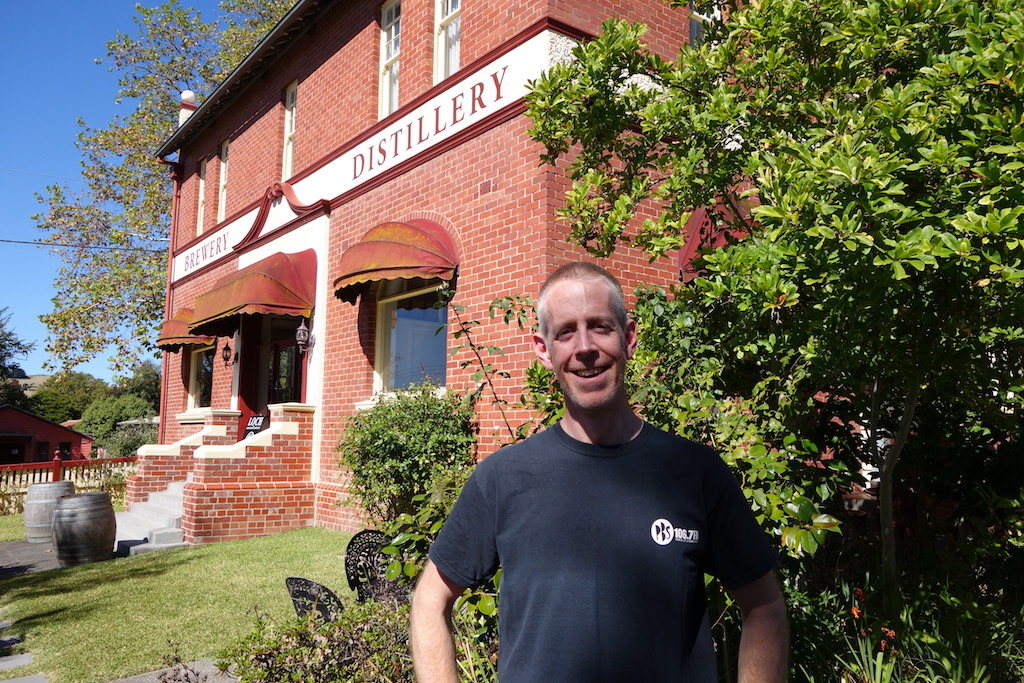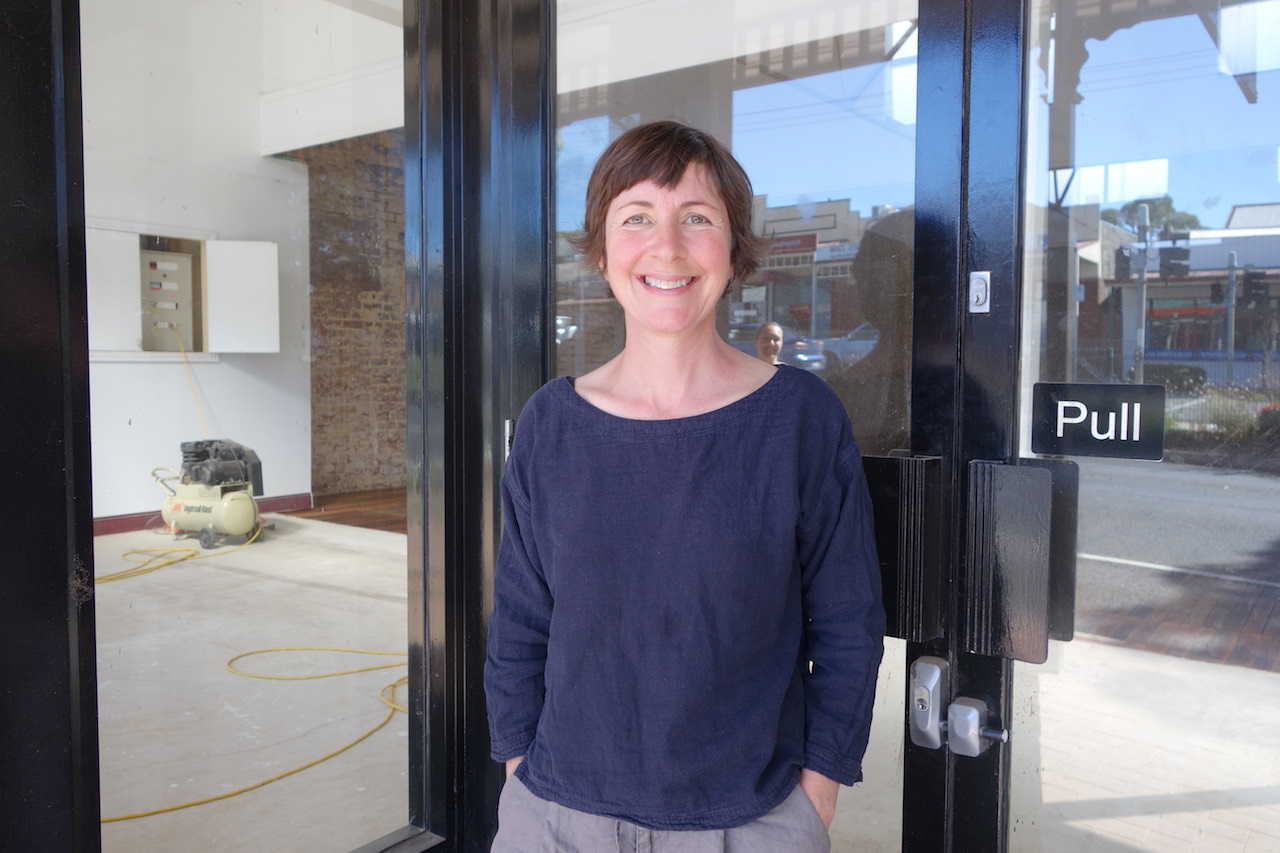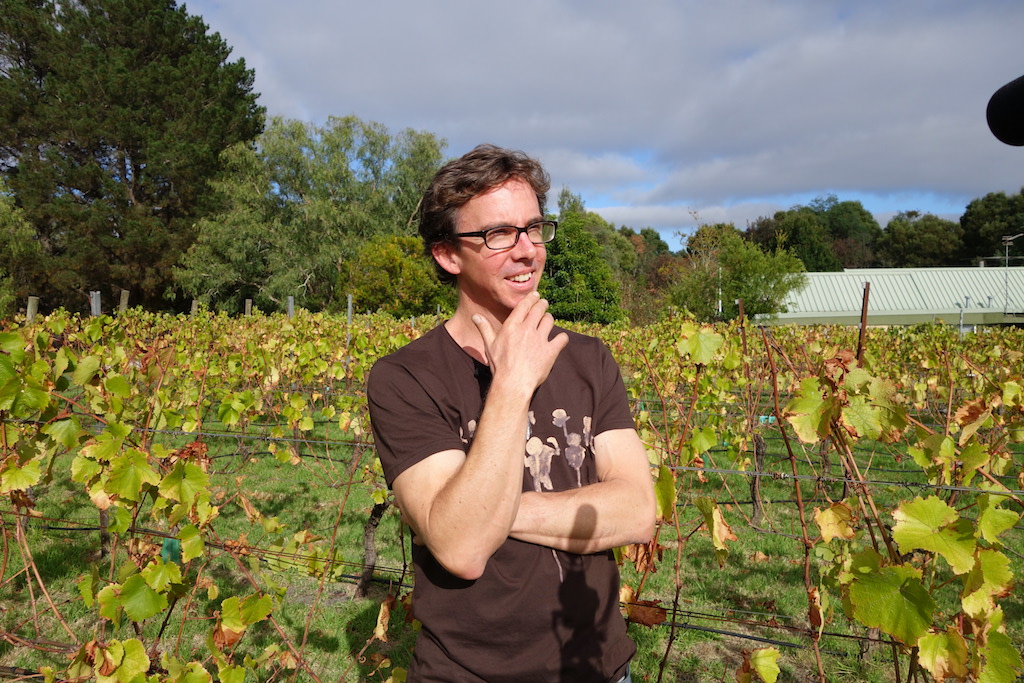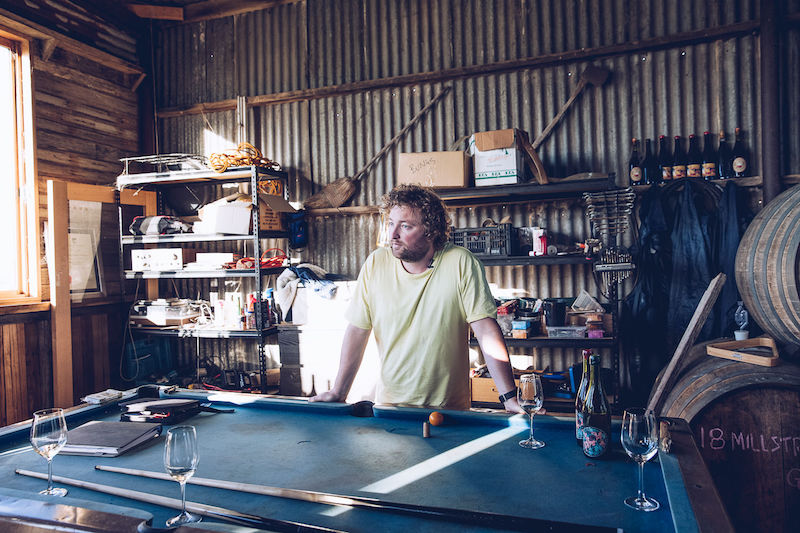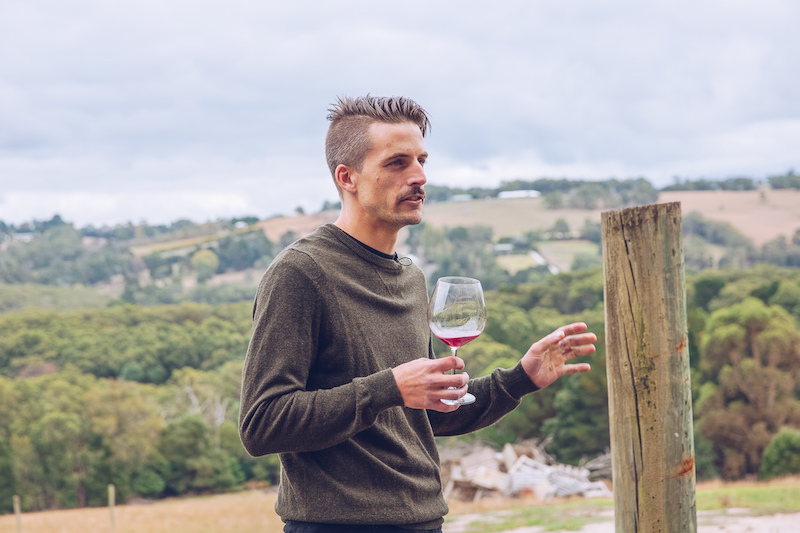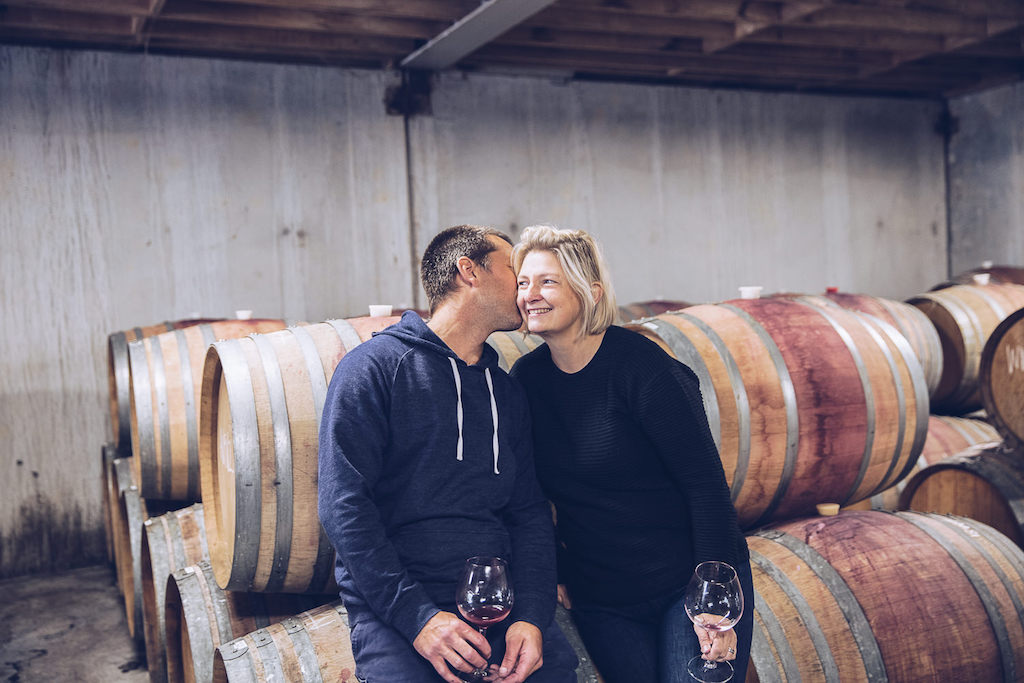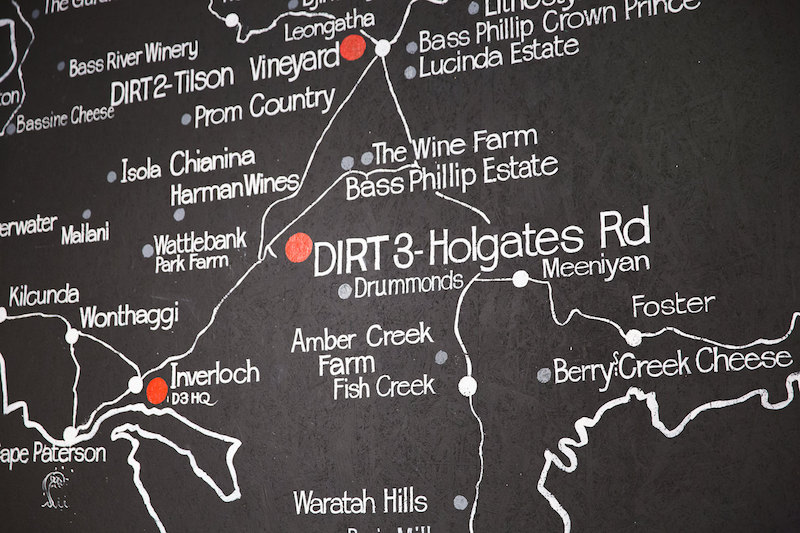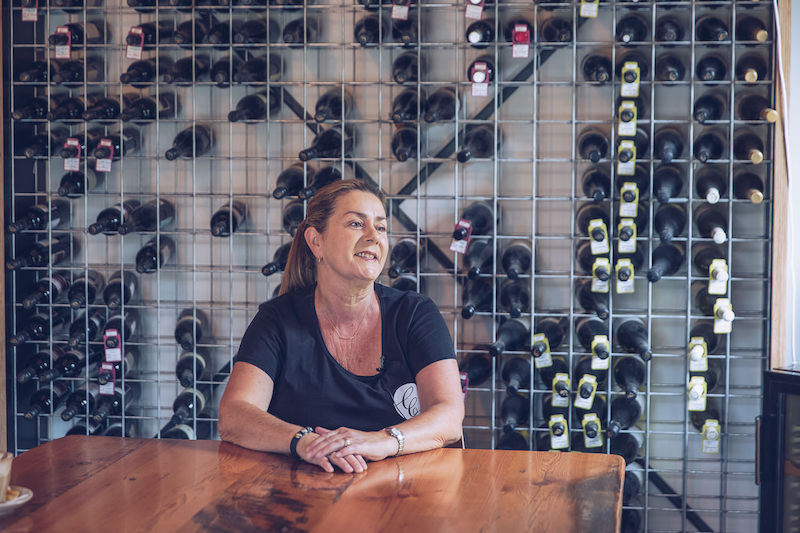A better descriptor is to say that Prentice makes wines with funkosity. “Drinking Gravner, Radikon and Breg in 2002 right when I was growing restless as a wine consumer was my personal June 4, 1976, Manchester Lesser-Free-Trade-Hall moment,” he says.
In other words, drinking those wines at that moment did for Prentice what the Sex Pistols did for punk. The wines he went on to make afterwards he thinks of as post-punk, as they’re informed by the likes of Gravner and Radikon, but reinterpreted in a way that’s uniquely and distinctly Moondarra.
He elaborates: “I just make wine the way I love. I think it’s instinctive and it’s also driven by drinking a lot of other wine but it wears flannelette and it doesn’t give a fuck.”
His wines (which are the results of “pissing around” with different grape varieties and winemaking methods) are insanely delicious – rich, earthy, and a little funky. He makes three Pinots: Conception, which sits next to a rusted overgrown shipping container Prentice has dubbed ‘Paradise Garage’; Samba Side, for the sambar deer who used to graze there; and Studebaker, named for the ’57 Studebaker President he sold (on condition that Johnny Cash never be removed from the cassette player) to buy the fence posts for that vineyard.
He reckons his 2016 ‘Old World’ extended skin-contact Nebbiolo is the best New World Nebbiolo he’s had. He also makes a couple of sparklings (under the Holly’s Garden label), and a couple of whites; notably ‘after Kathleen’, a blend of Friuliano, Pinot Grigio, Chardonnay and Picolit. All are slightly different expressions of white wine and red wine.
Moondarra has many stories to tell, and wine is just the foreword. Consider, for instance, Prentice’s wagyu breeding program (most of the property is dedicated to farming Tajima-type wagyu and Mishima cattle), or his attempts to distill his own gin with native botanicals he’s grown himself. He has a wife and kids, who all run their own experiments on the farm in some way or other. And for the past two decades, the same Cambodian women have helped him pick grapes during vintage, bringing home cooked dishes to share while they do it.
If the mark of a good wine is one that speaks of a place, Prentice goes one further, making wines that speak not just of a place but of a life; not just a person but a whole personality. His approach to everything is everything wine should be: loose, experimental, fantastic and fun.
By Anna Webster


